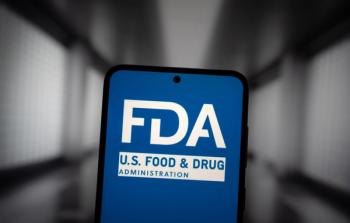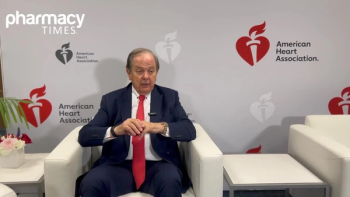
4 Pharma Market Trends to Watch in 2016
Several pharmaceutical market trends are likely to affect pharmacists' practice this year.
Several pharmaceutical market trends are likely to affect pharmacists’ practice this year.
The
Pharmacists and health systems must recognize, plan for, and appropriately react to dynamic trends in the pharmaceutical marketplace to ensure that they are positioned to continue providing the best patient care.
Here are 4 pharmaceutical market trends to watch in the year ahead:
1. Generic Drug Pricing
Debates over generic drug pricing are nothing new, but the discussion is likely to get increasingly heated as the
Experts point to several different potential factors behind increased generic drug prices, including raw material shortages and manufacturing issues. Most of them assert that some combination of these factors is responsible for price increases.
However, the most common explanation for the trend is generic industry consolidation and its effect on competition. As patents expire, the generic drug market will have fewer players competing for sales and driving down prices.
All of the ASHP Foundation’s forecast panelists agreed that health-system expenditures for all drugs will likely increase by 5% over the next 5 years.
2. Enforced Product Tracing
Increasing concern about counterfeit drugs entering the supply chain prompted the
Although the law’s requirements took effect on July 1, 2015, the FDA has
In the meantime, pharmacists should ensure that they are prepared to comply with these obligations. In the Pharmacy Forecast 2016-2020, 75% of the panelists projected that at least half of US health systems will need to add more resources to comply with the law and manage the administrative burden of its enforcement.
3. Specialty Drug Spending
Legislative provisions of the Affordable Care Act, advancements in biotechnology, a robust drug pipeline, and a growing demand for specialty drug therapies all suggest that
Because of the high costs associated with this growth in specialty drug use, pharmacists should know that effective medication therapy management will be an essential component of any strategic planning for
The forecast panelists offered the following strategies to manage this trend and optimize patient outcomes:
- Create a comprehensive, self-sufficient specialty pharmacy service
- Establish such a service in collaboration with a business partner
- Outsource all facets of such a service
- Make a commitment to ensure safe and appropriate care of patients who are using specialty drug products
4. Limited Drug Distribution Channels
Given the growth in
Specialty pharmaceutical companies opt to use limited distribution networks for high-cost therapies in order to limit drug diversion, better monitor follow-up care, and ensure that revenue flows back to the manufacturer after all discounts and rebates are applied. However, this could restrict some health systems’ access to newer specialty medications.
In the Pharmacy Forecast 2016-2020, 83% of panelists predicted that high-cost medication therapies will only be available through specialty distributors by 2020.
The panelists offered the following 2 strategic recommendations for pharmacy leaders to work with limited distribution networks:
- Position the pharmacy enterprise to ensure the safe and appropriate care of patients who receive medications though limited distribution systems, and serve as their care managers to reduce care fragmentation.
- Collaborate with other pharmacy leaders to advocate against the proliferation of limited distribution systems for high-cost drugs. Advocacy can be based on the risks that such distribution practices pose to patients as well as evidence on how pharmacists can effectively manage the clinical and administrative aspects associated with high-cost drug use.
Newsletter
Stay informed on drug updates, treatment guidelines, and pharmacy practice trends—subscribe to Pharmacy Times for weekly clinical insights.
























































































































































































































